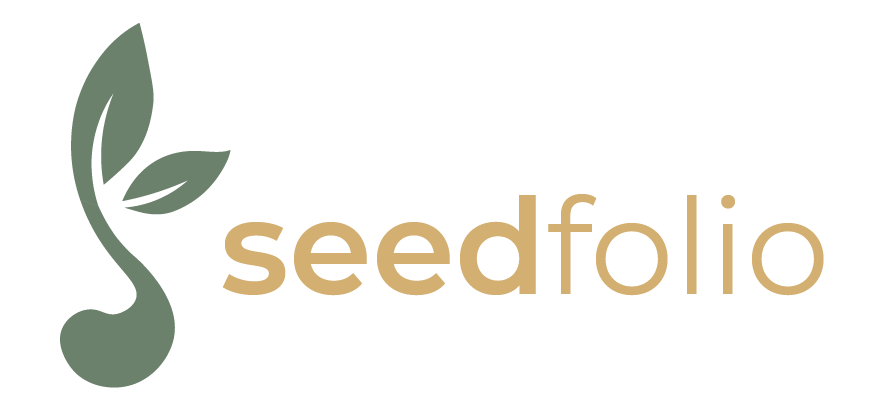Screen
Since we enjoy a river of deal flow, we get to be choosy. Focus is the art of saying “no.” We can quickly say “no” to the vast majority of companies we see based on their pitch deck or a 5-minute presentation. What we look for in our initial screening is:
Impact
Seed stage, and
Large potential return on investment
Impact
We focus on companies venturing to have a positive impact on the world. Life is short; then we die. While we are here, we want to work on meaningful projects whose impacts leave the world a bit better for ourselves, our children, and their children.
To be clear, we have a single bottom line: to maximize return on investment for our limited partners. When we later Quantify a deal, we will require a risk-adjusted return above our hurdle and do not compromise that requirement.
But the world (and our inbox) is full of opportunities. We get to choose. We focus on health and longevity (therapies, diagnostics, medical devices, digital health). We also focus on infrastructure and resource management and efficiency (water, energy, waste, transportation, education, software, blockchain)
The human genome was first sequenced in 2003 for about $3 billion. Today, whole-genome sequencing costs well less than $1,000. Rapid advancements have driven a revolution in biotech therapies and diagnostics that are conquering disease and extending life.
The continuing miniaturization of electronics is creating massive opportunities in medical devices. Ubiquitous smartphones, wide-area wireless data networks, and insurance-reimbursement changes lead to an explosion of remote monitoring and other digital health innovations.
The on-going revolution in software, IoT, AI, and clean technologies continues to drive innovations in infrastructure and resource management and efficiency.
What won’t we invest in? We avoid AdTech and consumer products (including cannabis, gaming, e-sports, beverages, retail, or fashion).
Can we give examples of impact? Yes. The best way to get a sense of what SeedFolio invests in is to look at our portfolio companies and their highlighted impacts.
Seed stage—Not too early and not too late
We invest at the early or “seed” stage. Not too late, but not too early. For tech companies, often the biggest risk is market adoption, so we need to see that at least a minimum viable product has been built and is being tested by real customers we can speak with. We prefer at least several hundred thousand dollars in annual revenue from customers who are beyond the test phase (many large companies have large budgets to test out new products; however, getting the product adopted enterprise-wide is quite different). “Too late” might be when the company has $3m of annual revenue growing at 120%/year. At that point, larger VCs will want to pile in, and valuations jump substantially. We like to find the series-A deals before they are series-A obvious.
Therapies and medical devices tend to have less market risk but more technical and regulatory risk. We like to see companies with enough data to make a strong case for their product’s safety and efficacy. They also need to show a substantial (> $1b/yr) unmet need and clear superiority to the standard of care. They are usually less than a year away from beginning clinical trials. An example of “too early” would be a discovery-stage company that is still many years from the clinic. “Too late” would be a company with strong phase-1 data and looking to raise $20m for phase 2 at a $50m valuation.
Large Potential Return On Investment
After screening, we will dive deep, Analyze the company, and carefully Quantify an expected risk-adjusted return. However, based on valuation and market opportunity at this initial Screening stage, we do some back-of-the-envelope calculations. We are looking for at least a 20x return (or 80% IRR) potential before quantifying risks. If we don’t see that potential, the screened company becomes a quick “no.”
A seed-stage company, that is solving an important problem and that shows large potential return, passes our screen and we advance it to the Analyze stage.
(To see the next step in our process, click “Analyze” on the bottom, right side of this page.)


